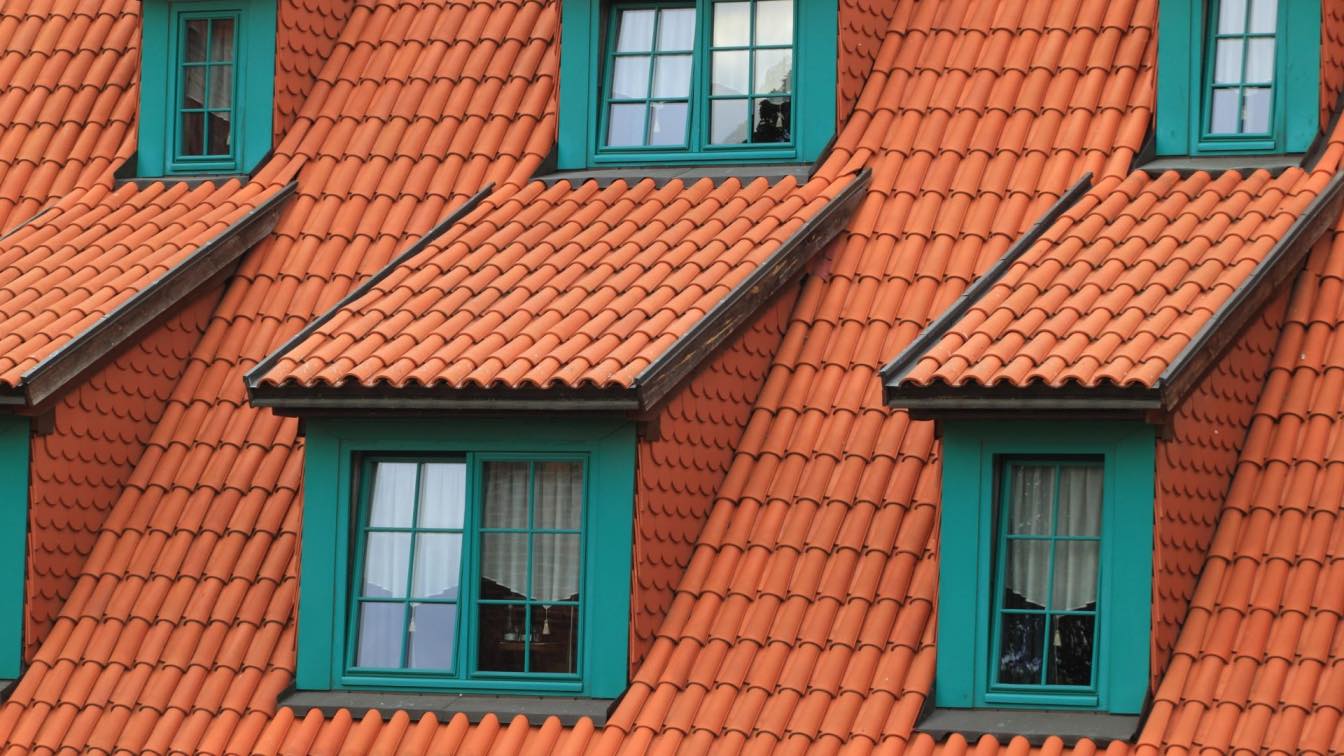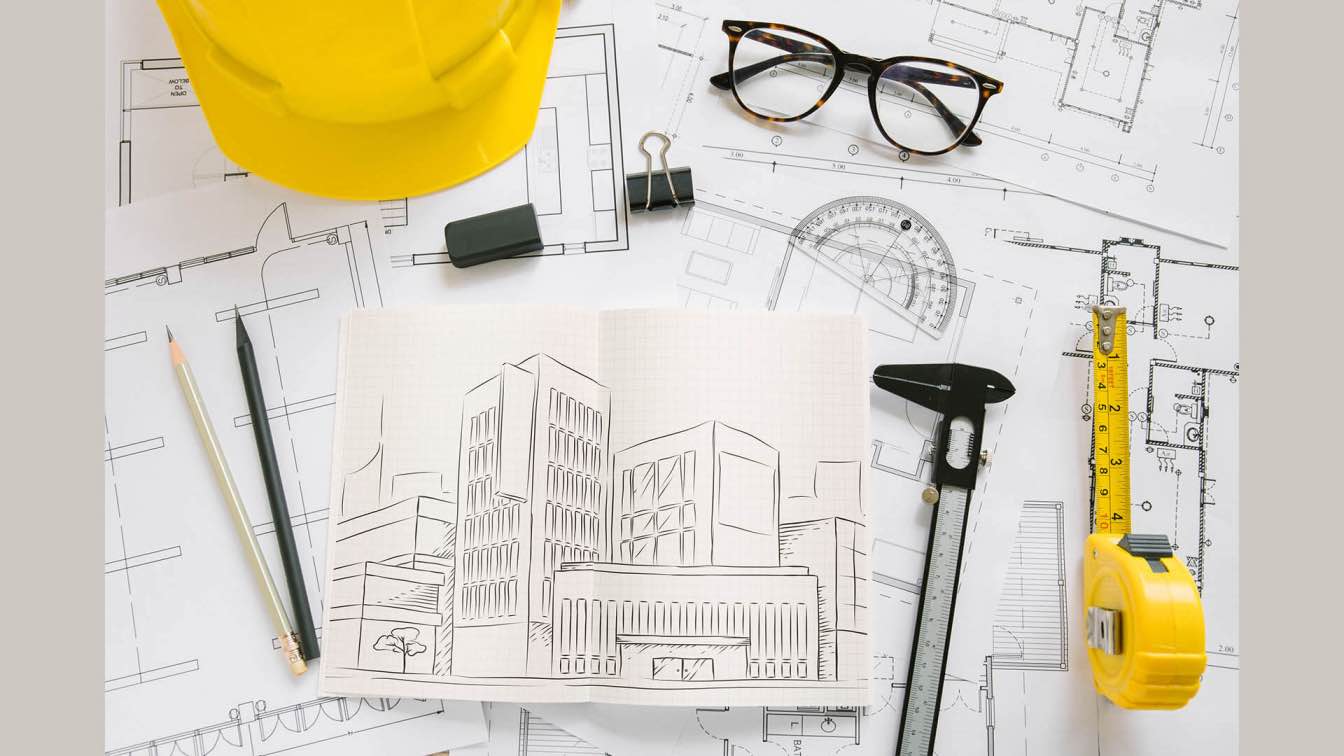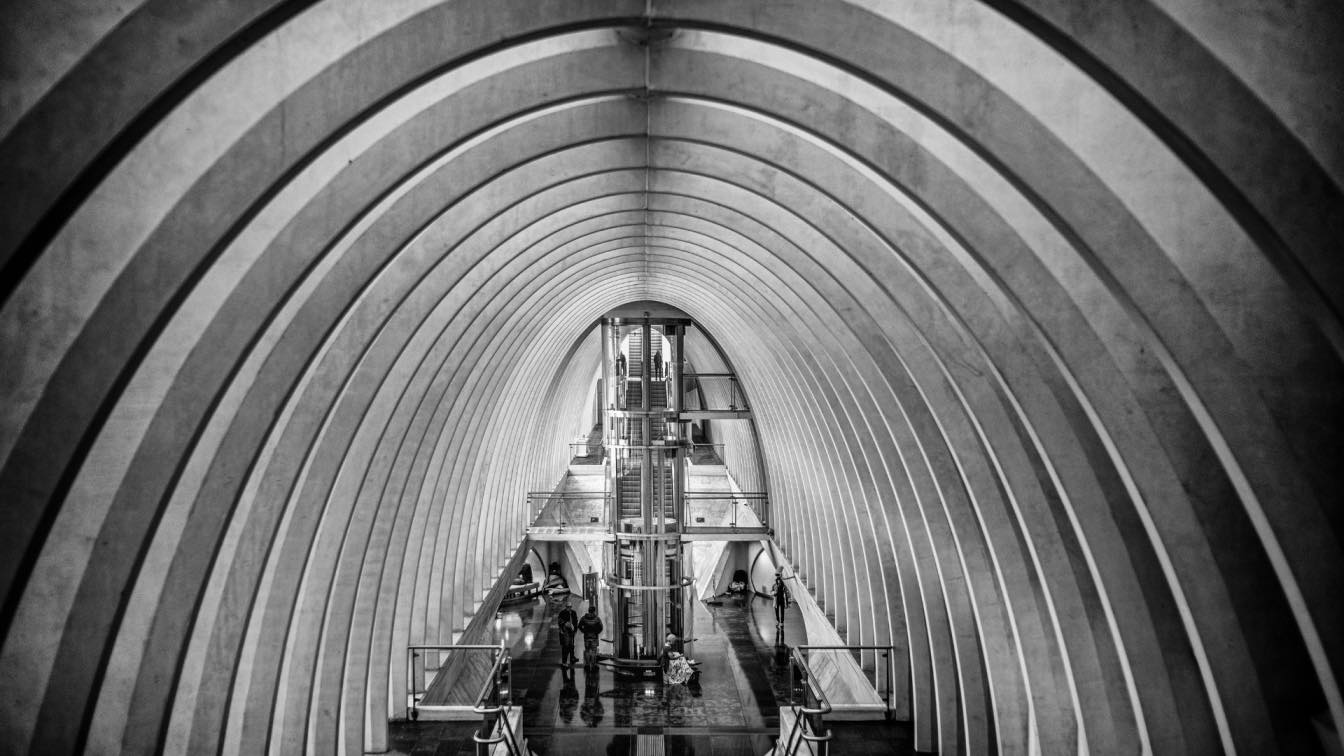Keeping your roof in optimal condition is essential for any homeowner, but choosing the right option can be a challenge. Climate-responsive roofing involves selecting materials and designs that are best suited to a home's environment by taking into account weather patterns, sunlight exposure, and temperature preferences. Not only must these elements be considered when assessing an appropriate solution, but aesthetic preferences must be taken into account as well—for seamless integration of both form and function. In this blog post, we’ll explore the different climate-responsive roofing options available so you can pick one that meets all of your needs.
Benefits of Climate-Responsive Roofs
In recent years, the need for a more sustainable approach to building design has become increasingly important. Climate-responsive roofs are an innovative solution that offers a range of benefits, not only for the environment but also for the building's occupants. These roofs are designed to regulate the temperature and moisture levels within a building by either reflecting or absorbing the sun's rays. By doing so, they can significantly reduce energy consumption and keep energy costs low.
Additionally, they can enhance the overall comfort of the building by creating a stable internal temperature and reducing the need for air conditioning. Investing in a climate-responsive roof is a smart choice for any building owner looking to reduce their carbon footprint, increase energy efficiency and create a more comfortable environment for their tenants.
Types of Materials Available for Climate-Responsive Roofs
Climate-responsive roofs can help reduce the impact of extreme weather conditions on buildings. However, choosing the right materials for these roofs can be a challenge. Luckily, there are many options available that can suit different requirements which can also be found on the roofing company Fort Collins page. Among the most popular types of materials are metal, vegetative, and membrane roofs. Metal roofs are durable and great for reflecting sunlight, which can reduce cooling costs. Vegetative roofs are excellent for providing insulation and reducing the overall temperature of a building. Lastly, membrane roofs can help prevent leaks and are suitable for areas with heavy rainfall. With these options, building owners and architects can easily find the perfect climate-responsive material for their roofs.
Considerations for Choosing Your Roof’s Design
When it comes to deciding on a design for your roof, there are several factors to take into account. First and foremost, the climate of your area plays a significant role in the decision-making process. A roof design that works well in one area may not be suitable for another. Additionally, your home's overall aesthetic should also be considered. The roof is a significant component of your house's exterior, and its design should complement your house's architectural style. Another crucial consideration is the cost. Different roof designs vary in price, so it’s important to choose a design that fits your budget. Ultimately, choosing the right roof design is a crucial decision, and it's important to weigh all the considerations before making a final decision.
The Role of Insulation in Your Climate-Responsive Roof Design
When it comes to creating a climate-responsive roof design, insulation plays a crucial role. It acts as a barrier against heat loss, which keeps your home warm during the colder months and cooler in the summer. It also helps to reduce energy usage, which can save you money on utility bills while also having a positive impact on the environment. Proper insulation also ensures that your roof remains structurally sound, preventing any damage caused by moisture or pests. So, whether you're building a new home or updating an existing one, it's important to make sure that your roof is equipped with the right insulation to keep you comfortable and protected all year round.
There are many benefits to investing in a climate-responsive roof for your home. From improved energy efficiency as a result of lower heating and cooling demands, to more design flexibility when compared to other roofing types, the advantages of these roofs are clear. Furthermore, understanding the different materials available and being aware of design considerations such as insulation can help you create the perfect roof for your home. With the right roofing choices, you'll reduce your environmental burden while also increasing your comfort level at home. Ultimately, opting for a climate-responsive roof is an informed decision that one should consider when it comes to remodeling their home or building anew.





